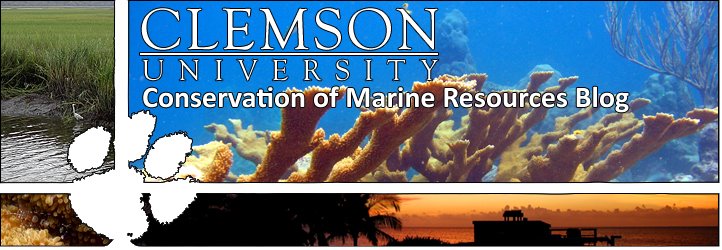I had
already worked on a project in the Childress lab when I was taking Behavioral
Ecology in Spring of 2015 while juggling biochemistry, organic chemistry, and a
time consuming microbiology Creative Inquiry. I was working with Thomas and two
other students on PAV1 and how it affected social behaviors in the Caribbean
spiny lobster only to find that lobsters from high disease areas are less
active than lobsters from low disease areas. But even with these minimal
results, I found that I liked being up on the fourth floor of Jordan handling
the lobsters, I liked watching footage of the lobsters interacting, and I liked
working with a team of people who all depended on one another.
This spring
I was fortunate enough to gain a position as an undergraduate TA assistant and
help with Behavioral lab set up and take down as well as doing animal care for
the lab. The main job I was required to do every week were water changes on
betta fish, guppies, cichlids, cray fish, hermit crabs, sea urchins, and my
favorite, the spiny lobster. The spiny lobsters are my favorite; they are the crustacean equivalent to chipmunks and would get really startled if you came
anywhere close to their antennae. For a sharp and pointy crustacean that had a
tendency to freak out if you got too close, they’re actually kind of cute.
I never
imagined I would love doing animal care so much; I never thought I would become
so knowledgeable about the needs of each of the animals so quickly. I’ve since gotten
attached to the animals and would feel a personal responsibility if one of them
passed under my care. I remember when a lobster died. I went to do a water
change and noticed that the water was kind of nasty looking and that the filter
wasn’t running in that tank. I wrestled the filter out of the tank and cleaned
it like I normally would and got it running again when it occurred to me that I
should probably check if the lobster was alive. It wasn’t. I was angry at
myself for not being more attentive and for not telling my lab mates to
constantly check the filters when they feed the lobsters. Because of the
personal responsibility I felt for the death of this one lobster, I became more
vigilant and meticulous with my animal care. I don’t think I’ve lost a single
lobster since.
Aside
from animal death, the only mishaps in the lab came in the forms of filter malfunction
(they just love to stop working 6 at
a time as soon as you start doing water changes) and accidentally getting a
mouthful of dirty lobster water; it’s a real
delicacy and it’s just about as tasty as it sounds. Water also had a
tendency to get EVERYWHERE due to a hose falling out of a tank, which I
liked to blame on the animals. When in doubt, always blame the cray fish.
Even
with some of the mishaps—the long water changes when a bunch of filters decided
to stop working, or the long nights when Behavioral lab take-down required us to
empty out tanks and put them away—I found myself growing attached to the
animals and to the people in the lab; they’re the most dependable bunch out
there. Everyone is willing to lend a helping hand when it’s needed and they’re
all smart, funny, and unique. Every week is a new adventure. The great working
environment and the great people I work with were a refreshing contrast to the
lonely microbiology lab I previously worked in and was the perfect change of
pace. My experience has inspired me to stay in the Fall and work with Ash on
training the lobsters to be more social. I can’t wait!











